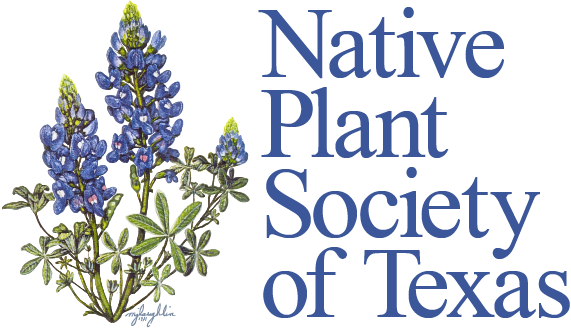
Officers
- President – Felicia Zbranek-Zeitman
- President- Elect – Open
- Past President – Pamela Bransford
- Vice President – Bill Magner
- Secretary – David Touchon
- Treasurer – Pamela Bransford
Committees and Chairpersons
| Demonstration Gardens | Demonstrating the use of native plants in home gardens and landscapes with a native plant demonstration garden. Locations include the main parking lot at the Cibolo Nature Center, Bill’s Garden/Teaching Garden at Cibolo Nature Center, the Bergheim Volunteer Fire Department, Boerne Convention and Visitors Center, Main Plaza and Veteran Plaza on Main Street. | Veronica Hawk, Kathy Ward, Wilt Shaw, Theresa Butler, Rachel Thompson |
| Maples for Boerne | Works with Cibolo Preserve to provide free big tooth maple trees for Boerne residents and businesses who can plant and care for them on their property, where they are visible from city streets or walkways. | Suzanne Young |
| NICE! | Natives Instead of Common Exotics! promotes native plants from the wholesale grower to local nurseries, and homeowners. | Wilt Shaw |
| Plant Rescue | Saving native plants from construction sites and other locations. | Veronica Hawk |
Other Positions
- Historian/Public Relations – Pamela Bransford
- Hospitality – Gary Rogers
- Membership – Jane Jamison
- Native Plant Sale – Kathy Webster
- Newsletter – Lorraine Popp and Felicia Zbranek Zeitman
- Facebook Editor – Sue Roddy
- Instagram – Sue Roddy
- Webmaster – Mackenzie Brown
- NPSOT Gleaners – Brenda Fest
- Youth Photo Contest – Rheda Boardman
- Field Trips – Veronica Hawk, Kathy Ward
- Forward Trail Project – Delmar Cain, Suzanne Young
- PGARP – Gary Fest, Veronica Hawk, Rachel Thompson
